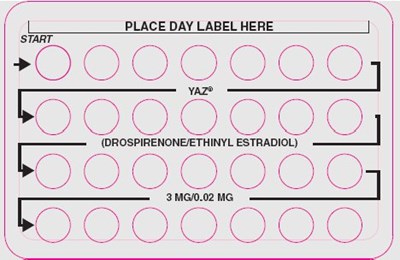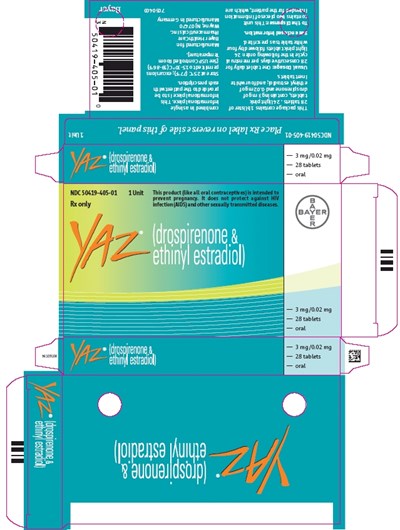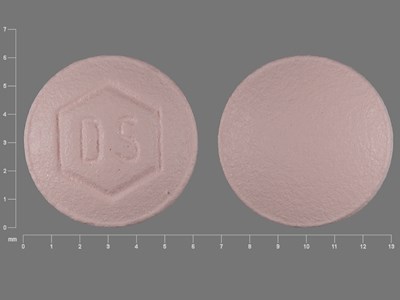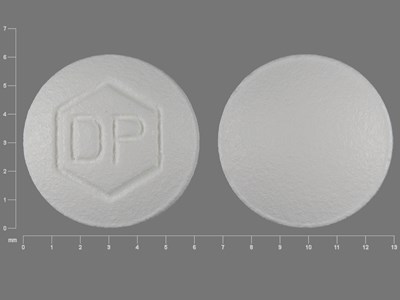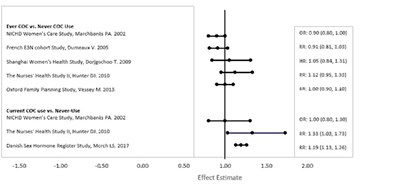Product Images Yaz
View Photos of Packaging, Labels & Appearance
- Structural formulas - 0ed216ab 0c5e 4e77 8170 114a2c530ae7 03
- Blister - 0ed216ab 0c5e 4e77 8170 114a2c530ae7 04
- Likelihood of Developing a Serious Blood Clot - 0ed216ab 0c5e 4e77 8170 114a2c530ae7 05
- Carton - 0ed216ab 0c5e 4e77 8170 114a2c530ae7 06
- 50419 0405 01 SPLIMAGE30 BE195F3A
- 50419 0405 01 SPLIMAGE30 C11960EB
- fig 1 - image 01
- Chart - image 02
- image 03
- image 04
Product Label Images
The following 10 images provide visual information about the product associated with Yaz NDC 50419-405 by Bayer Healthcare Pharmaceuticals Inc., such as packaging, labeling, and the appearance of the drug itself. This resource could be helpful for medical professionals, pharmacists, and patients seeking to verify medication information and ensure they have the correct product.
Structural formulas - 0ed216ab 0c5e 4e77 8170 114a2c530ae7 03
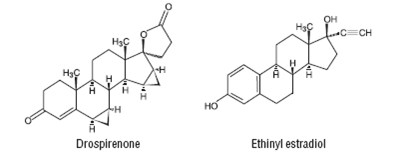
This text consists of two drug names: Drospirenone and Ethinyl estradiol. These drugs are usually combined in birth control pills to prevent pregnancy. Drospirenone is a progestin and ethinyl estradiol is an estrogen. Together, they work by stopping ovulation and changing the cervical mucus to make it harder for sperm to reach the uterus. It does not protect against sexually transmitted infections.*
Likelihood of Developing a Serious Blood Clot - 0ed216ab 0c5e 4e77 8170 114a2c530ae7 05

This text appears to be a chart displaying the range of blood clot incidences in non-pregnant women, non-COC users, COC users, pregnant women, and postpartum women. The bottom section shows the number of women with a blood clot out of 10,000 women years (WY). The asterisk notes that the pregnancy data is based on actual duration of pregnancy in the reference studies, and the assumed rate is 7-27 per 10,000 WY.*
Chart - image 02
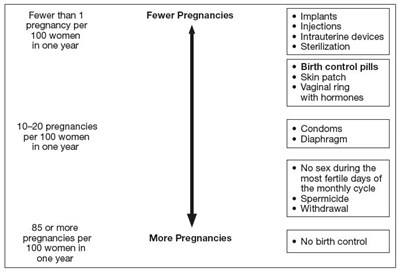
This text provides information regarding different methods of birth control and the effectiveness rate of each method in terms of the number of pregnancies per 100 women in one year. The methods discussed include implants, injections, intrauterine devices, sterilization, birth control pills, skin patch, vaginal ring with hormones, condoms, diaphragm, and natural family planning methods such as no sex during the most fertile days of the monthly cycle, spermicide, and withdrawal. The text also indicates that there is an effectiveness gradient, with fewer than 1 pregnancy per 100 women being the most effective and 85 or more pregnancies per 100 women being the least effective.*
image 03
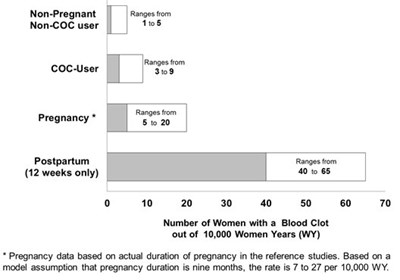
This text appears to describe the ranges of blood clot occurrences in non-pregnant women, non-coc users, coc users, pregnant women, and postpartum women. It also includes a table showing the number of women with a blood clot per 10,000 women years. The pregnancy data is based on actual duration of pregnancy in reference studies.*
* The product label images have been analyzed using a combination of traditional computing and machine learning techniques. It should be noted that the descriptions provided may not be entirely accurate as they are experimental in nature. Use the information in this page at your own discretion and risk.
